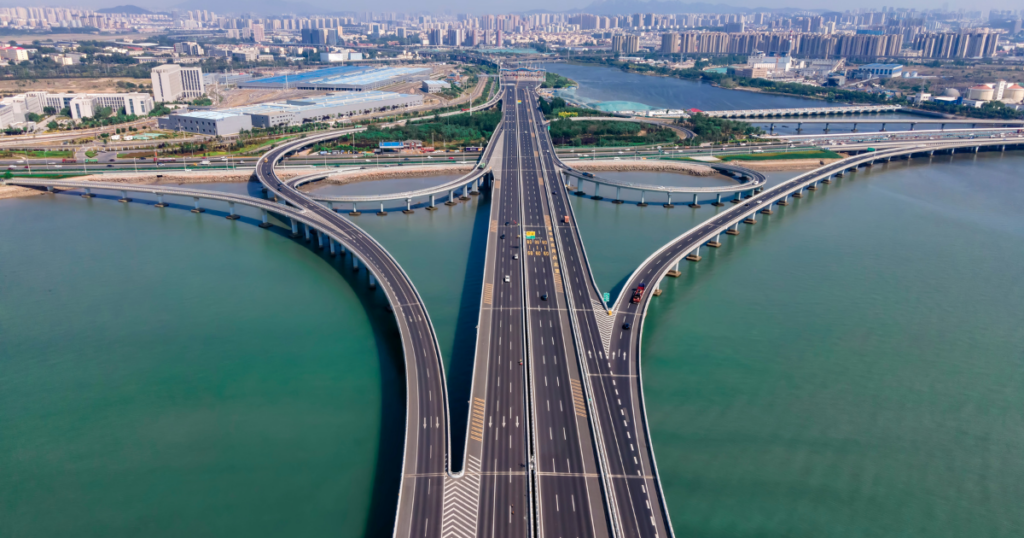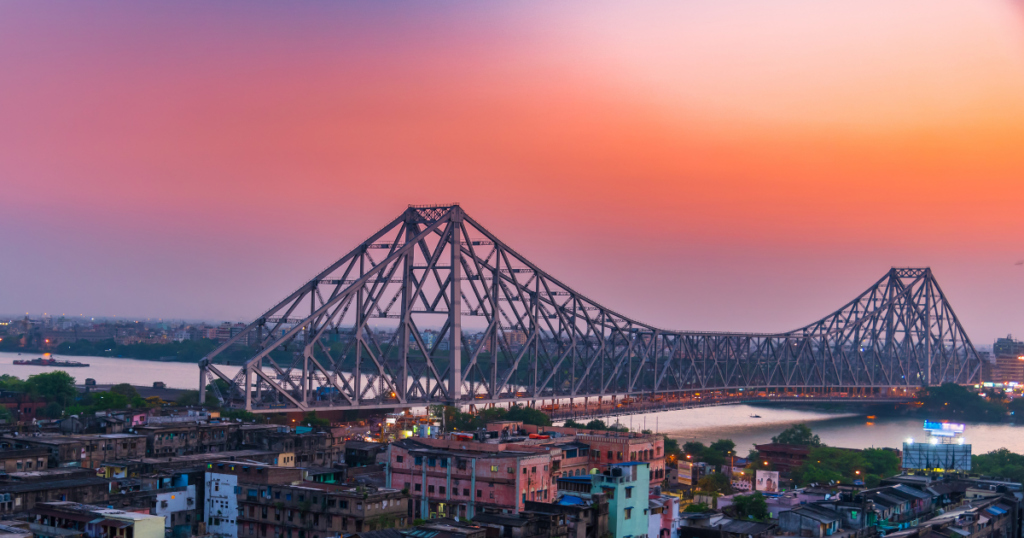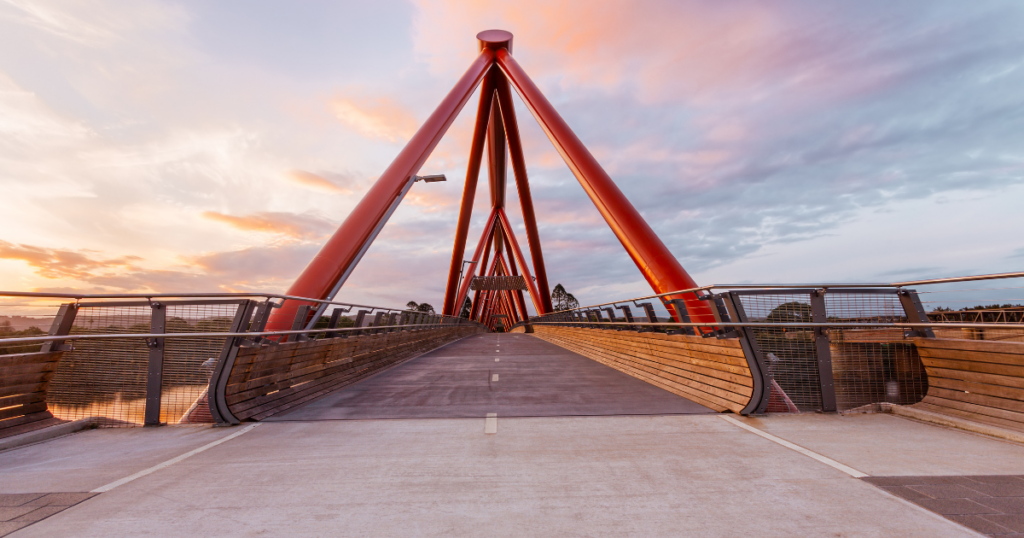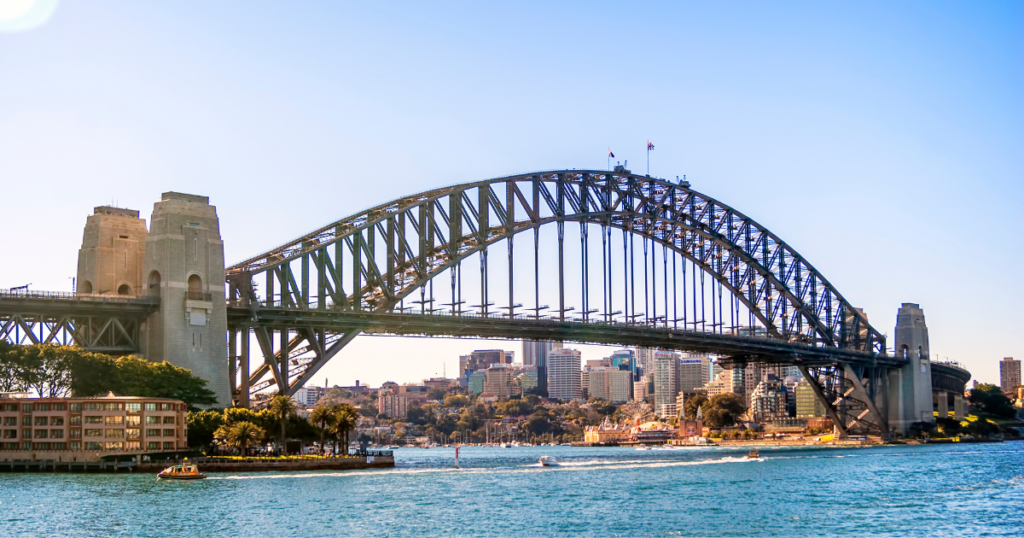For centuries, humanity’s ingenuity in bridge construction has transformed landscapes and connected civilizations. Today, as we navigate the complexities of the 21st century, advancements in technology and sustainable practices are reshaping the future of bridge construction design.
The Legacy and Future of Bridge Construction

From ancient stone arches to modern steel and concrete giants, bridge construction has always symbolised human progress. The Jiaozhou Bay Bridge, a marvel of modern engineering, exemplifies our continuous quest to overcome natural barriers through innovation. In this era, digital technologies like Building Information Modeling (BIM) and innovative materials are setting new standards for bridge design and construction.
Embracing the Digital Revolution in Bridge Design

The Impact of BIM on Collaboration and Efficiency
Building Information Modeling (BIM) has revolutionised the bridge construction industry by enhancing collaboration among architects, engineers, and construction professionals. This technology facilitates a more integrated approach to bridge design, allowing for more accurate models and analysis, which in turn leads to better project outcomes.
Advanced Materials Paving the Way
Innovative materials such as self-healing concrete and superelastic reinforcements are making bridges more durable and maintenance-friendly. These developments not only extend the lifespan of bridges but also ensure they can withstand extreme conditions with minimal damage.
Embracing the Digital Revolution in Bridge Design
Geosynthetic Reinforced Soil–Integrated Bridge Systems (GRS-IBS)
The adoption of GRS-IBS technology exemplifies how bridge construction is becoming more efficient and cost-effective. By combining geosynthetic reinforcement with traditional building materials, bridges can now be built faster, with less environmental impact, and at a reduced cost, offering a practical solution for today’s infrastructure challenges
The Art and Science of Bridge Design

Bridge construction is not just about creating paths over obstacles; it’s a sophisticated blend of art and science. The core structural components like beams, arches, trusses, and suspensions form the backbone of bridge design, allowing for an array of designs from simple beam bridges to majestic suspension bridges. Each type addresses the unique challenges of distance and environmental conditions, showcasing the ingenuity embedded in the field of bridge engineering.
Mastering Forces: Tension and Compression
Understanding the forces of tension and compression is fundamental to bridge design. These forces are omnipresent in all bridges, dictating the integrity and longevity of the structure. Innovations in materials and design approaches, including the use of self-healing concrete and superelastic materials, are pivotal in addressing these forces, ensuring bridges not only stand strong but also adapt and recover from environmental stresses.
Tackling Torsion and Shear
Torsion and shear forces present unique challenges, especially in suspension bridges subjected to high winds. The industry’s focus on retrofitting and employing advanced materials and designs, such as GRS-IBS, showcases the evolving strategies to mitigate these forces, ensuring bridge safety and durability.
The Critical Role of Resonance
The phenomenon of resonance, while often overlooked, can have catastrophic effects on bridges. Modern bridge design incorporates various damping mechanisms to prevent the amplification of vibrational forces, protecting structures from potential failure. This aspect of bridge engineering underscores the importance of detailed analysis and tailored solutions in bridge construction.
Danterr’s Pioneering Contributions

Danterr’s role in advancing bridge construction technology is highlighted by its involvement in supplying cutting-edge materials and products for significant bridge projects across Australia, including the Nepean River Bridge, Lansdowne Bridge, and Harwood Bridge. Our commitment to innovation supports the construction of bridges that are not only engineering feats but also sustainable and resilient structures for future generations.
Looking Ahead: The Future of Bridge Construction
The bridge construction industry is on the brink of a new era, fueled by technological advancements and a commitment to sustainability. As we continue to explore new materials and digital technologies, the possibilities for future bridge designs are limitless. With a focus on durability, efficiency, and environmental stewardship, the next generation of bridges will not only span distances but also time, lasting for centuries to come.
Conclusion: Building Bridges to the Future
As we look toward the future, Danterr remains committed to supporting the bridge construction industry with innovative products and solutions that meet the evolving demands of modern infrastructure projects. Together, we are not just building bridges; we are building connections that will stand the test of time.
For more information on how Danterr’s products can support your next bridge construction project, contact us at sales@danterr.com or call 1800 262 383.
Stay Updated with Danterr!
Subscribe to Our Newsletter for the Latest in Construction Solutions

